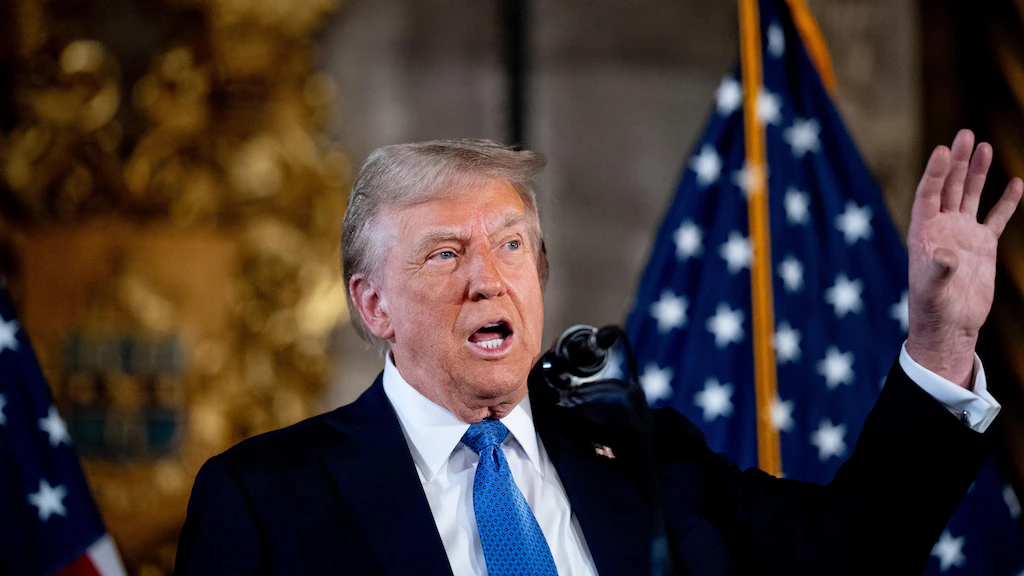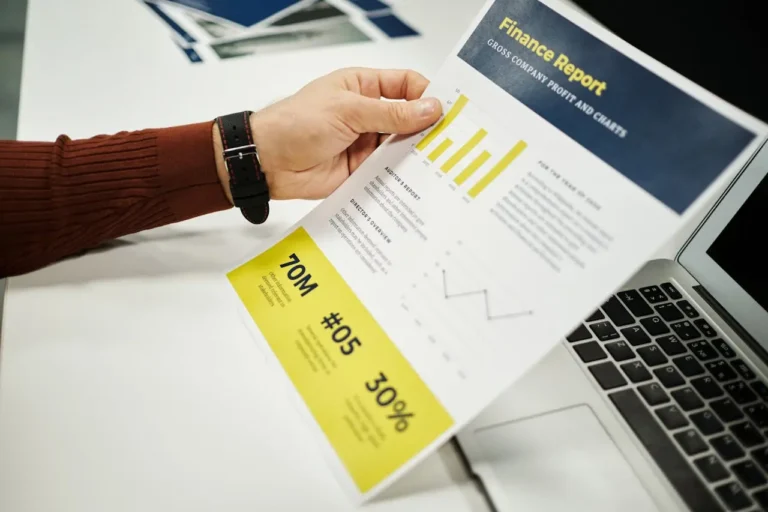
Report from S&P Global Reveals 3 AI Tools for Potential Trump Tariffs
S&P Global Market Intelligence’s latest report outlines how businesses can use alternative data and artificial intelligence (AI) tools to better understand and quantify the potential impact of U.S. tariffs, particularly in the context of the Trump administration’s trade policies. The findings highlight that companies with extensive international operations and significant U.S. sales are most vulnerable to tariff changes. Between 2017 and 2019, equity investors in these companies experienced a 3.9% underperformance in stock prices compared to their peers. In contrast, companies with a higher U.S. headcount but lower U.S. revenue saw an 11% equity premium over peers during the same period.
Titled “Three Tools for Trump Tariffs 2.0,” the report introduces three innovative tools that leverage alternative data and AI techniques to help businesses assess the effects of tariffs on a company and product level. These tools use social media job profiles to track headcount data, a proprietary algorithm to estimate business relationships, and natural language processing (NLP) from S&P Global Market Intelligence’s newly acquired ProntoNLP platform.
“By combining alternative data and advanced AI, we can now quantify and track the impact of tariffs in near real-time, with unprecedented granularity,” said Daniel Sandberg, Managing Director at S&P Global Market Intelligence. “In today’s complex and unpredictable environment, it’s crucial for stakeholders to accurately forecast and understand the consequences of tariff policies on their operations and strategies.”

Key Insights from the Report
The report reveals several key insights into how U.S. tariffs, particularly those introduced during the Trump administration, have disrupted industries and companies. From 2017 to 2019, businesses directly targeted by tariffs experienced a 17% change in their overall supply chain strategies. This was 5 percentage points higher than companies not targeted by tariffs. Certain industries faced even more significant disruptions, including the Automobiles & Components sector, where the supply chain strategy changed by as much as 37%.
The report also points to a notable shift in the language used by corporate executives regarding tariffs. An analysis of earnings call transcripts processed with a custom large language model revealed that suppliers’ diversification became a key strategy. In Q3 2024, 57% of executives’ responses to tariff-related questions highlighted this approach, a 50.7% increase from the start of the post-pandemic period.
Despite the increased frequency of tariff-related discussions in corporate earnings calls, the overall negativity tied to these mentions has significantly decreased. The net negativity associated with tariff discussions dropped from over 420 mentions during the first Trump administration to fewer than 20 mentions since Q3 2021. While tariff mentions have recently surged again, companies and stakeholders can monitor net negativity to track changes in sentiment and anticipate potential risks.
Impact of Tariffs on Supply Chains and Strategy
The report also dives deeper into the strategic shifts companies have made in response to tariffs. During the last administration, industries directly impacted by tariffs had to adapt their strategies to maintain competitiveness. In particular, the report points out how automakers and related industries had to adjust to tariff-related changes that disrupted supply chains and forced them to seek new suppliers or change their sourcing strategies.
Diversification of suppliers emerged as a prominent tactic, as companies sought to mitigate the risks associated with the uncertainty of future tariffs. As tariffs on products such as steel and aluminum were imposed, industries that relied heavily on imports began exploring ways to reduce their dependency on foreign suppliers, which ultimately led to supply chain diversification.
The Role of AI and Alternative Data in Forecasting Tariff Impact
The tools developed by report S&P Global Market Intelligence provide a unique advantage for companies trying to understand and mitigate the risks posed by changing tariff policies. The ability to combine alternative data with AI allows businesses to analyze the impact of tariffs on an unprecedented scale. By tracking data points like job profiles and relationships between companies, businesses can gain insights into potential vulnerabilities and areas of strength within their operations.
For example, by analyzing social media job profiles, companies can better understand where their headcount is concentrated and how shifts in staffing could be indicative of broader strategic changes. The business relationship algorithm helps organizations track their suppliers, partners, and competitors, allowing for a more comprehensive understanding of the ripple effects of tariff changes across industries. Finally, natural language processing enables companies to evaluate executives’ communications and assess the tone and sentiment surrounding tariff discussions in real-time.
About S&P Global Market Intelligence
S&P Global Market Intelligence delivers deep insights and data solutions that enable businesses to make confident, informed decisions. By partnering with clients across industries, S&P Global Market Intelligence provides the tools necessary to anticipate change, optimize strategies, and capitalize on opportunities in the evolving global marketplace.
As a division of S&P Global (NYSE: SPGI), the world’s leading provider of credit ratings, benchmarks, analytics, and workflow solutions, S&P Global Market Intelligence plays a pivotal role in helping organizations navigate the economic landscape, ensuring they can plan effectively for tomorrow while addressing today’s challenges.




